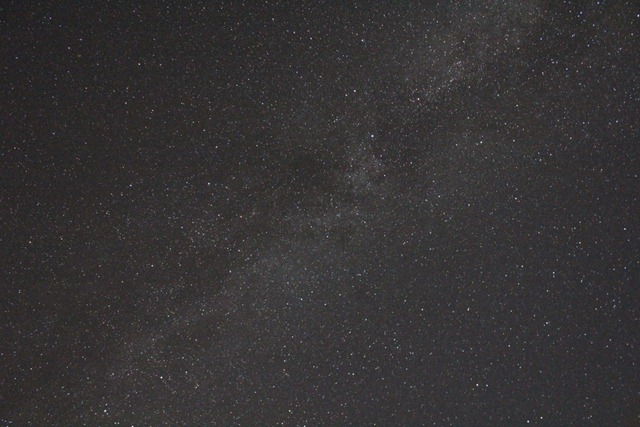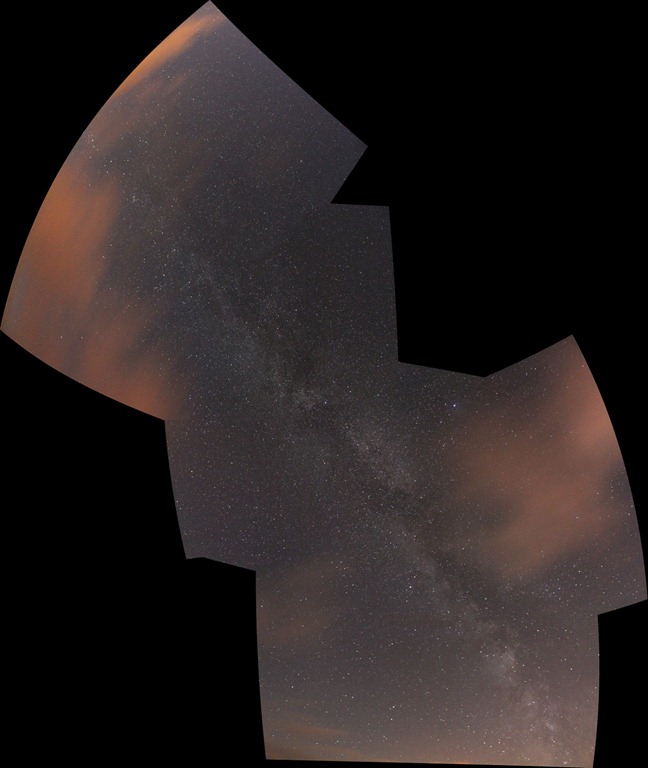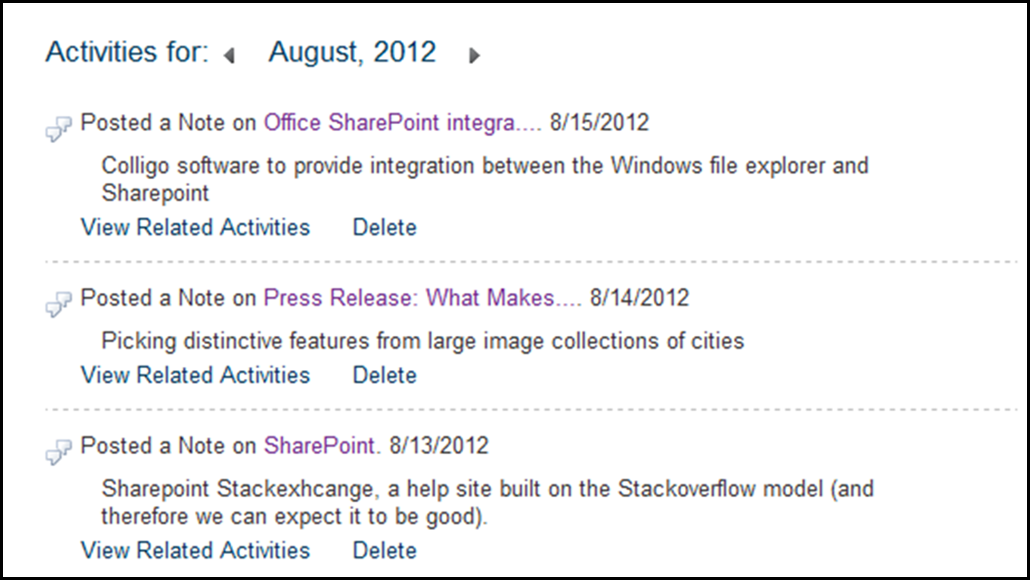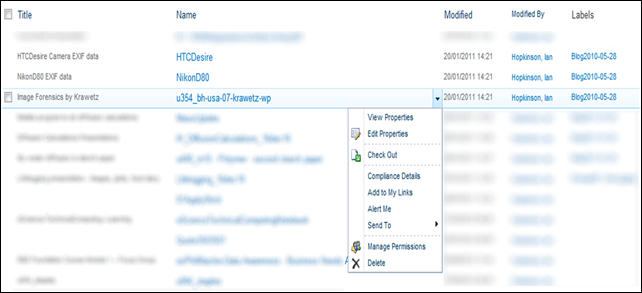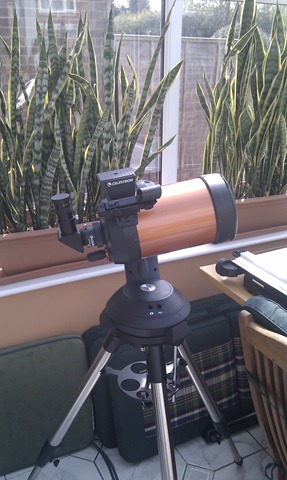This piece was originally published on the ALDES website:
The Samsung-Apple patent battle brings to light an area of intellectual activity of which my more academic colleagues are probably little aware. As an industrial scientist the value of a project is not measured by the number of papers published in peer reviewed literature or even in our own internal literature; it is measured, amongst other things, by the number of patents it has produced. Starting out on a project, the intellectual property landscape investigated and remains critical throughout. Scientific work to defend patents in legal actions is top priority, and in this there is the thrill of the chase – the positive feedback for winning a patent litigation case is immediate. The bottom line is that any patent attorney is paid more than pretty much any scientist!
The idea of a patent is that it gives the holder a period of exclusivity for their invention during which they can exploit it commercially, the benefit to society is that the knowledge that might have been locked into a company is made public for all to see. Without patents, why do research? You might spend millions to invent something but once you’ve invented it, in the absence of a patent, a competitor could exploit your invention at little cost to themselves. Alongside patents you can protect your intellectual property using registered designs, trademarks or you may attempt to keep your invention a “trade secret”.
Patents have a long history, they originated in Italy in the 15th century, with the first formal modern patent law in England the Statute of Monopolies in 1624. In England this replaced a more widespread system of “patent letters” which gave groups of craftsmen monopolistic rights to practice their trade. The 1624 statute swept this away and replaced it with a system of patents which protected specific inventions.
Reading the history of science one frequently comes across references to patents. For example, Chester Hall Moor invented the achromatic eyepiece for telescopes sometime in the 1730s. His solution requires two lenses made of different types of glass to be used together, he commissioned two different opticians to make these two lenses, so as not to give the game away. His idea worked but, perhaps surprisingly for someone who was a barrister by profession, he chose not to patent his invention but appears to have told a couple of instrument-makers the details. They made little of the invention but in 1758 John Dollond “re-discovered” the technique, helped by a coincidence: when Hall commissioned two different opticians to make his lenses, they sub-contracted to the same man to whom Dollond spoke during his own research apparently, picking up vital clues.
John Dollond was awarded the patent for the achromatic lens in April 1758. This patent was subsequently challenged by opticians who realised that Dollond had a valuable invention that was taking business from them and, following some research, discovered the significant “prior art”originating with Chester Moor Hall. John Dollond died in 1761, but his son Peter continued to litigate, successfully, against competitors infringing the patent bringing some of them to bankruptcy.
Christiaan Huygens patented the pendulum clock in 1657. Soon after he was in dispute with Robert Hooke over the invention of the spring driven clock, ultimately no patent was awarded here. James Watt protected his invention of the steam engine with separate condenser, which was extended in term by an act of parliament – a hard fought battle won with the support of his business partner, Matthew Boulton.
Albert Einstein, more famous for his work in theoretical physics, had approximately 50 patents to his name, most notably for a refrigerator which he patented with his former student Leó Szilárd.This isn’t as surprising as it first seems, Einstein was capable as an experimental scientist, and familiar with the patenting process from his time in the Patent Office. It is notable that I’ve struggled to find a list of Einstein’s patents, finding a list of his scientific publications is trivial.
This piece of contemporary research gives an insight into the patenting behaviour of academics in the Mechanical and Electrical Engineering and Computer Science departments at MIT, it finds that 10-20% of the academics in these departments filed patents in any one year, and over half filed no patents in a 15 year period. Interviews showed that even in the 10-20% of academics filing patents, this was far from a core activity: often they were pushed into it by visiting scientists or industrial collaborators. In my view the figure of 10-20% is actually pretty high when compared with the experience I had as an academic scientist over 10 years. The research also found that corporations who collaborated with academics to publish papers were a distinct group from those who collaborated to produce patents. Although there was no correlation between numbers of papers that an academic produced and the number of patents, academics who patented published more highly cited papers.
This contrast in patenting behaviour between past and present is a little forced; prior to the 20th century there was little in the way of university science departments with salaried researchers supported by grants. A researcher might be able to support his work by private means, patronage or bodies such as the Royal Society or Royal Institution but in the absence of these commercial exploitation via patents was the way to get income from your scientific work.
References
1. The achromatic eyepiece story is from Stargazer: The life and times of the telescope by Fred Watson.

